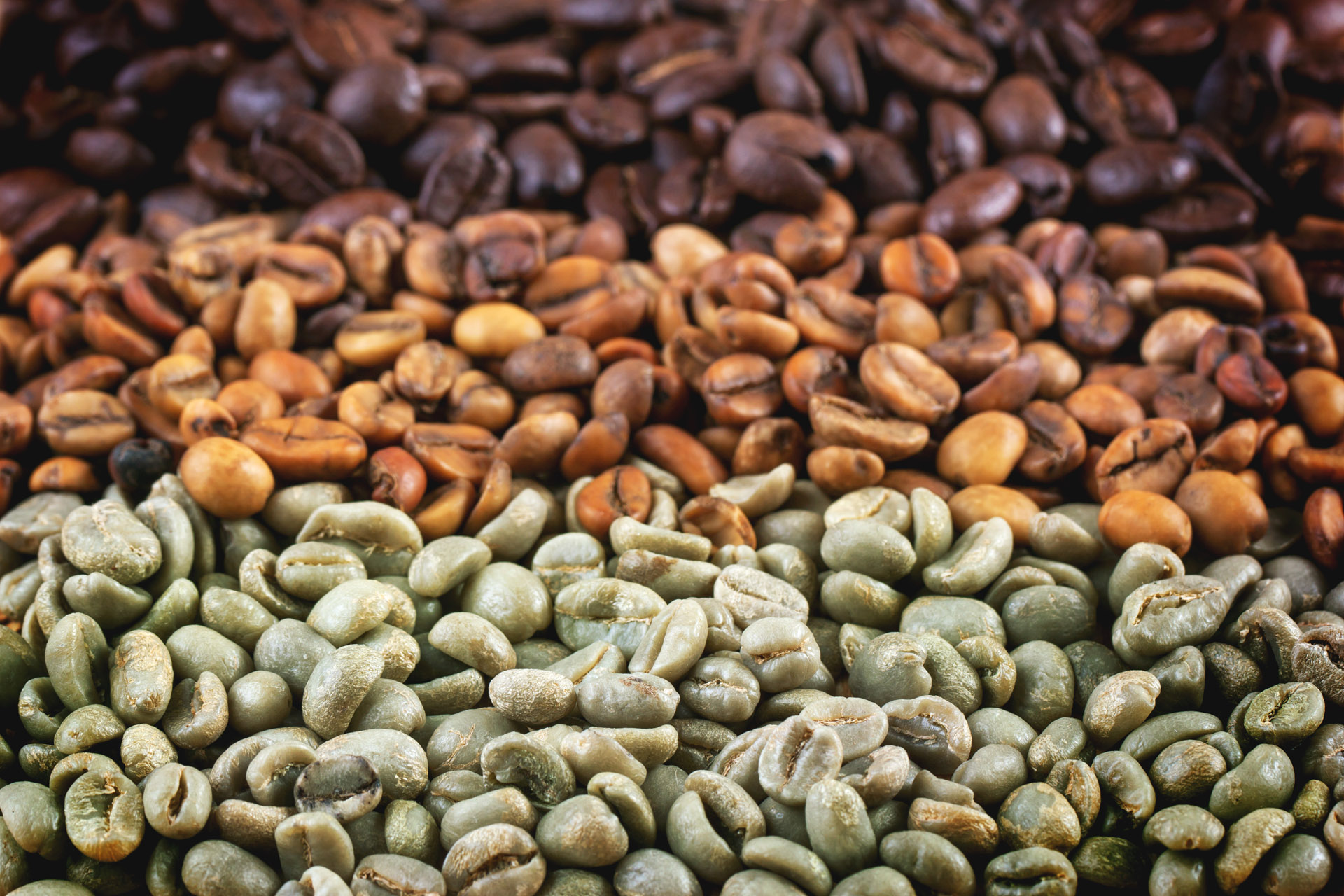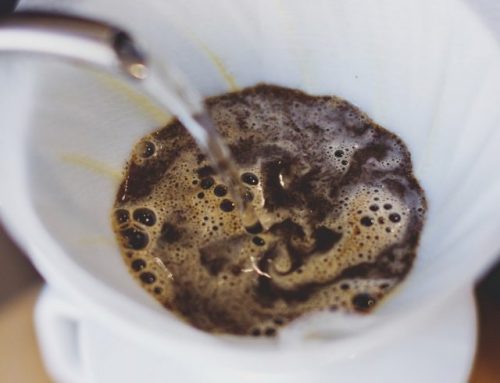Have you ever wondered what’s going on with these independent coffee shops popping up all over the country? These shops are often referred to as part of the “Third Wave Coffee” movement.
Also called “specialty” or “artisanal”, these Third Wave Coffee companies treat coffee with the same skill and care fine wine. This is just the latest trend in the evolution of coffee production and consumption that traces it’s roots back centuries. Reviewing a bit of that coffee history is key to understanding its significance.
What’s First and Second Wave Coffee?
First wave coffee began in the 1800’s when coffee consumption initially began growing in popularity around the world. For the first time in history, coffee was widely accessible to everyone, not just the wealthy.
Second wave coffee was the movement towards higher-quality coffee. This wave was likely in reaction to the poor-quality coffee that dominated the market at the time, which include many now-infamous instant coffee brands.
Large coffee houses such as Starbucks largely pioneered the second wave of coffee and have since turned coffee enjoyment into a hugely profitable business. Second wave coffee is still very much alive and well, although that hasn’t stopped several large chains, like Starbucks, from trying to jump onto the third wave, as the public’s changing tastes and values threatens these established companies business.
Why Choose Third Wave Coffee?
The third wave coffee movement focuses on the highest quality coffee, emphasizing origin and cultivation methods. It’s a fairly new concept and it is slowly revolutionizing the way we think about coffee.
Third wave coffee is generally about lighter roasts for greater flavor expression, innovative brewing techniques, and an overall elevated coffee drinking experience.
Additionally, third wave stresses the importance of every actor in the supply chain. In many cases, sustainable and direct trade practices are considered as important as the brew itself, with most companies establishing greater control over the coffee from cultivation, processing (and in some cases even shipping) in-country through to roasting and preparation done locally
Is There a Fourth Wave Coffee?
So what comes next after third wave coffee? Logically, fourth wave, but there has been disagreement whether a fourth wave of coffee is even possible. One side argues that third wave coffee already puts so much time and effort into every step of the coffee from growing and processing to roasting and brewing there isn’t anywhere else to go from here.
Yet there are those who predict that fourth wave can indeed exist and it will be born out of a more scientific approach. Will scientific research and developments into soil composition and coffee varietal microbiology allow for further refinement of coffee bean flavors? Will coffee brewing step closer to molecular gastronomy? Only time will tell.






